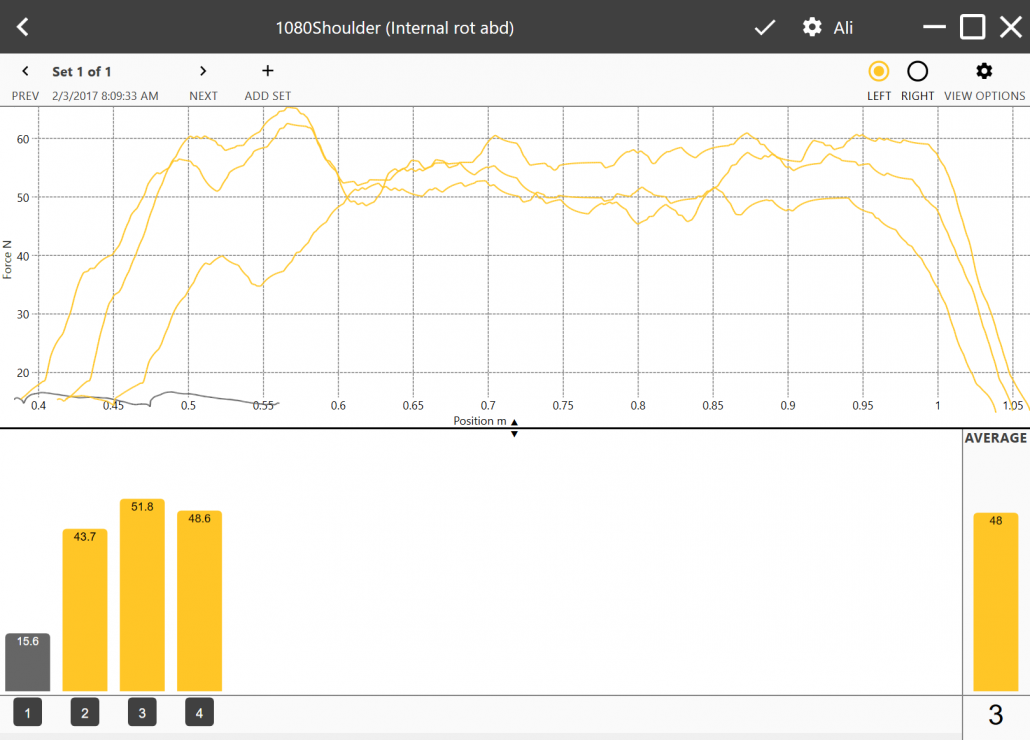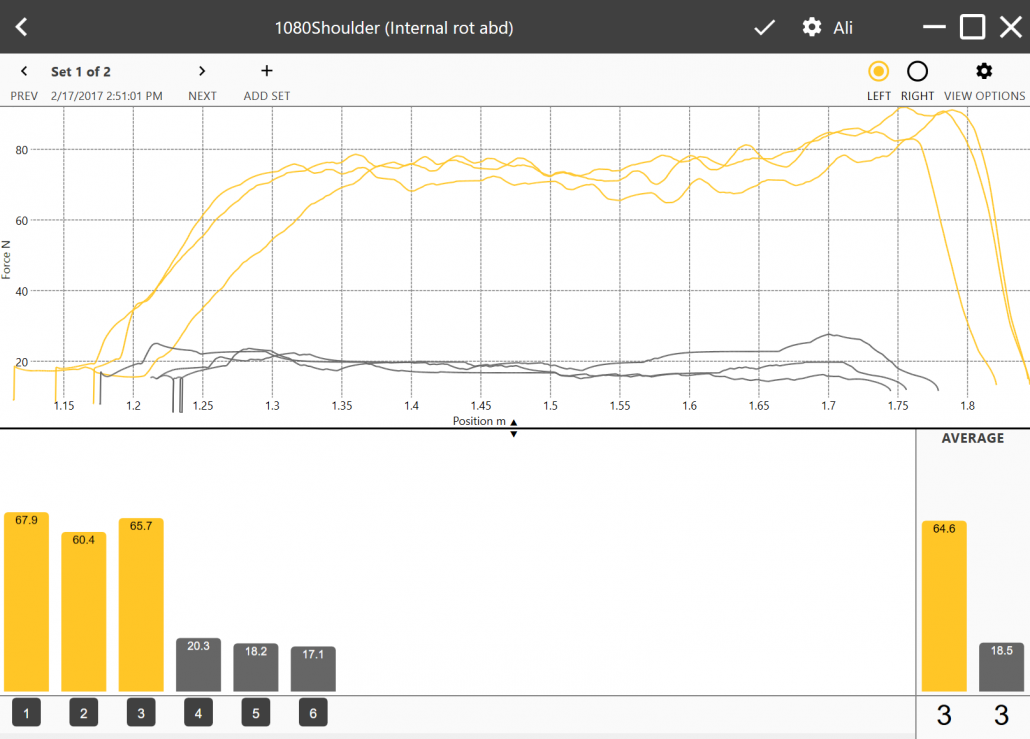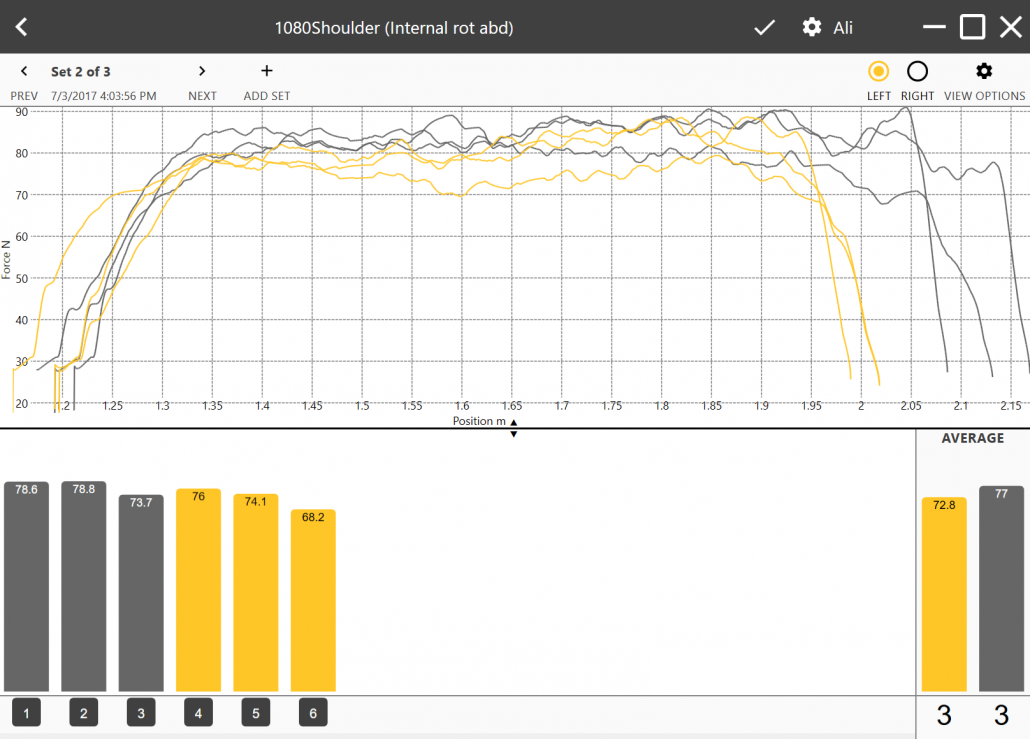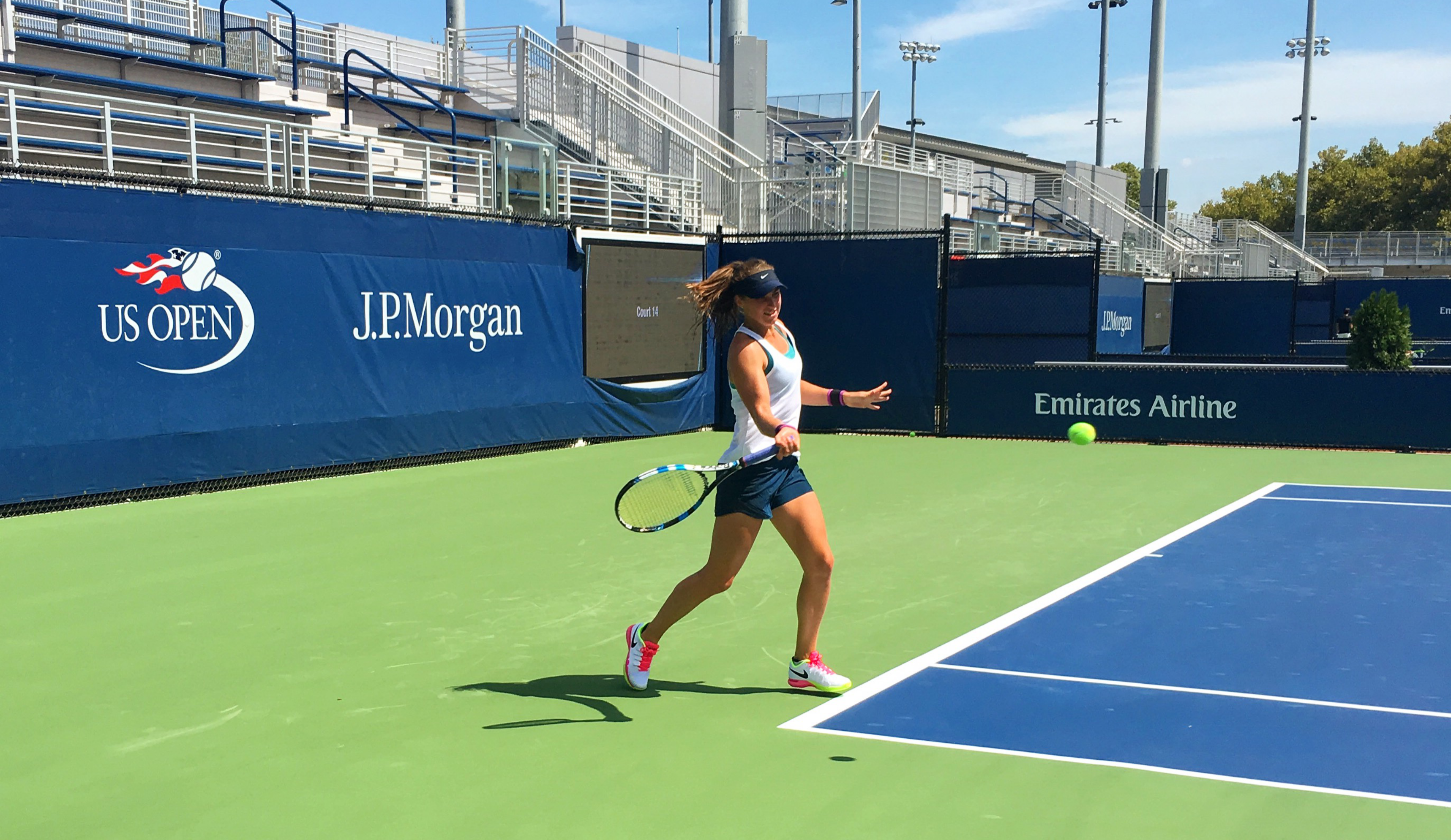Over the course of a few months in 2016, Rebecca Peterson went from having a slight pain in her arm to being unable to hit a forehand or serve. As the pain progressed she tried the usual range of therapies, tests and treatments. None reversed the trend and, compounding her frustration, nothing pointed towards a diagnosis. Meanwhile, Peterson’s WTA ranking plummeted from around 100 to 200 during her seven month absence.
As she asked around in the tennis, sports medicine and conditioning communities, doubles Grand Slam winner Robert Lindstedt recommended she talk to Ali Ghelem who had previously helped him recover from severe back problems. Ghelem has been working with professional tennis players in Sweden since 2002, notably Robin Soderling, who was ranked No. 4 in 2010. He has trained, rehabilitated and conducted research on elite athletes in golf, baseball and tennis. Through these sports Ghelem has built significant experience in rotational power and mobility.
Without any diagnosis to use as a starting point, Ghelem tested Peterson’s strength and mobility across the entire range of shoulder movement. Using the 1080 Quantum, he started the tests at very low loads with isokinetic resistance. The analysis showed that her pain was highly localized and very specific to a tennis player’s biomechanics. The most painful movement was internal rotation with shoulder abducted. Furthermore, her range of motion was very limited, or about 1/3 of the range measured on her healthy side. The force production was also extremely low on the injured side.

Screenshot from 1080 Quantum: Initial testing shows the difference between the affected side (gray) compared to the uninjured side (yellow). Bars show average force in Newton right and left. Graphs show how force develops throughout the movement and range of motion.
[av_button_big label=’Mark Gillett of West Bromwich Albion: Injury prevention in the Premier League’ description_pos=’below’ link=’manually,http://1080motion.com/west-bromwich-albion-mark-gillett/’ link_target=” icon_select=’no’ icon=’ue800′ font=’entypo-fontello’ custom_font=’#ffffff’ color=’theme-color’ custom_bg=’#444444′ color_hover=’theme-color-subtle’ custom_bg_hover=’#444444′ av_uid=’av-3ihyca’][/av_button_big]
Follow-up mobility and strength testing revealed tight and poorly-functioning muscles. This explained why she was able to do so much in her everyday life and much of her sport training except for hitting a forehand or serve. The below image shows the results after initially improving Peterson’s range of motion. The tests revealed she could still only produce 18 Newton of average force in the left arm rotation compared to 65 Newtons in the right arm.

Screenshot from 1080 Quantum: Force testing in the early stage intervention.
The early stages of treatment worked different parts of the body: hips, feet and thoracic spine. By developing range of motion, mobility and strength in all directions from the ground up – improving all the movements she could perform without pain – they set the conditions to target her shoulders.
One of the main methods to increase strength was to use isokinetic resistance in functional movements resembling the tennis forehand and serve. Peterson “self-controlled” the amount of resistance as the isokinetic setting limits the speed of movement but does not dictate the amount of load. The movement speed was set to 0.2 m/s in the concentric phase. While the resistance from 1080 will mirror the force she applied Ghelem directed her to stay below 3 on a 1-10 pain scale and then exert as much force as she could within that pain-limit. The possibility to use maximum yet safe resistance in each session, set and repetition is one of the keys to the fast progression in this example. Unlike a traditional cable machine with constant resistance, or a rubber band which increases resistance with stretching, the 1080 Quantum permits the athlete to safely control and vary the force within the range of movement in each repetition.

Screenshot: A few weeks of rehabilitation shows significant progress in force production compared to uninjured side.
The data from a recent retest of the affected movement shows that Peterson is recovered.

Screenshot: Follow up tests shows force production in the injured side (gray) is recovered.
Peterson hit backhands throughout her rehab, but only in May 2017 could she start hitting forehands and serves. She played her first competitive match post-injury in June.

Table: Summary of progression of range of motion and force improvements.
The next challenge for Ali Ghelem and Rebecca Peterson is preventing re-injury and continuing to build fitness while she travels for the rest of the 2017 season. After the US Open she will compete in 8-10 more tournaments in Asia and Europe. They will spend plenty of time on Skype, making decisions on an almost daily basis about which exercises to do and how to recover between matches.
[av_button_big label=’Change of direction testing and training in tennis: 1080 Sprint applications’ description_pos=’below’ link=’manually,http://1080motion.com/change-direction-tennis/’ link_target=” icon_select=’no’ icon=’ue800′ font=’entypo-fontello’ custom_font=’#ffffff’ color=’theme-color’ custom_bg=’#444444′ color_hover=’theme-color-subtle’ custom_bg_hover=’#444444′ av_uid=’av-2erp56′][/av_button_big]
At the beginning of any week, they do not know if she will play five matches or one. If all goes well on the court, she will have limited time for mobility work and strength and conditioning – a challenge they would both be happy to face.






























































